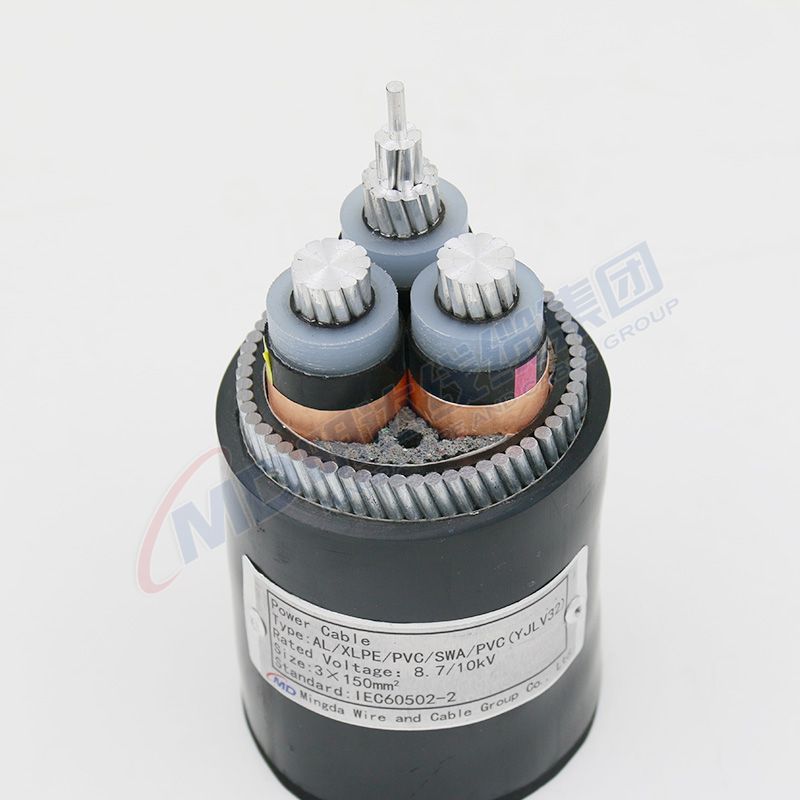Nov . 18, 2024 07:54 Back to list
Innovative Solutions for Enhanced Performance of 4-Way Ball Valves in Industrial Applications
The Versatility of 4-Way Ball Valves in Industrial Applications
In the realm of fluid dynamics and control systems, valves play an essential role in managing the flow of liquids and gases. Among the various types of valves available, the 4-way ball valve stands out due to its remarkable versatility and efficiency in directing flow. This article will explore the construction, functioning, and applications of 4-way ball valves, highlighting why they are a preferred choice in numerous industrial settings.
Construction and Design
A 4-way ball valve consists of a hollow, perforated sphere (the ball) that is rotated within a valve body to regulate the flow through its ports. It typically features four ports one inlet and one outlet port for each flow direction, allowing for a variety of flow paths. The design of the ball includes multiple holes or channels that align with these ports, enabling the user to direct the flow in different configurations.
The materials used in constructing 4-way ball valves can vary widely, encompassing metals like stainless steel, brass, or plastic, depending on the application and fluid properties. This diversity in material choice not only ensures durability but also allows for compatibility with a range of fluids, including corrosive substances.
Functioning Mechanism
The operation of a 4-way ball valve is relatively straightforward. By rotating the ball to different positions, the valve can switch the flow between various routes. The common configurations include
1. Cross Flow This allows fluid to flow through two opposing ports simultaneously, effectively creating a bypass. 2. Closed Position Rotating the ball entirely blocks flow from the inlet to all outlets, sealing off the system. 3. Alternate Flow The valve can redirect flow from one outlet to another, facilitating the change in system operations without needing to reconfigure the piping.
The ability to quickly and efficiently redirect the flow makes 4-way ball valves particularly advantageous in automated control systems, where rapid response to changing needs is crucial.
4 way ball valve

Applications in Industry
The applicability of 4-way ball valves spans a wide array of industries, including
- HVAC Systems In heating, ventilation, and air conditioning systems, these valves are used to control the distribution of air or refrigerants through different ducts. - Process Industry Chemical processing plants rely on 4-way ball valves to direct the flow of reactants and products through multiple reactors or storage tanks, enhancing production efficiency. - Water Management In water treatment facilities and irrigation systems, these valves facilitate the flow between multiple pipelines, ensuring that water can be distributed evenly across various channels.
- Oil and Gas In the oil and gas sector, 4-way ball valves are critical for directing fluids in refineries and pipelines, ensuring safety and efficiency in transport systems.
Advantages of 4-Way Ball Valves
The choice of a 4-way ball valve comes with multiple benefits
- Flexibility Their ability to control flow direction makes them suitable for systems that require complex routing solutions. - Durability With fewer moving parts compared to other valve types, they exhibit high reliability and longevity, which is crucial for minimizing downtime in industrial operations. - Easy Maintenance Most modern 4-way ball valves are designed for easy disassembly and maintenance, making them user-friendly for operators.
Conclusion
In summary, 4-way ball valves are integral components in various industrial applications, providing an effective means of controlling flow path management. Their robust design, versatile functioning, and wide-ranging applications make them a staple in fluid control systems. As industries continue to evolve, the demand for efficient and reliable control mechanisms like 4-way ball valves will undoubtedly persist, reinforcing their significance in modern engineering solutions.
Share
-
Reliable Wafer Type Butterfly Valves for Every IndustryNewsJul.25,2025
-
Reliable Flow Control Begins with the Right Ball Check ValveNewsJul.25,2025
-
Precision Flow Control Starts with Quality ValvesNewsJul.25,2025
-
Industrial Flow Control ReliabilityNewsJul.25,2025
-
Engineered for Efficiency Gate Valves That Power Industrial PerformanceNewsJul.25,2025
-
Empowering Infrastructure Through Quality ManufacturingNewsJul.25,2025